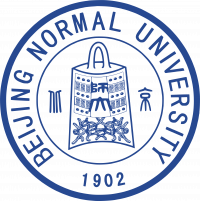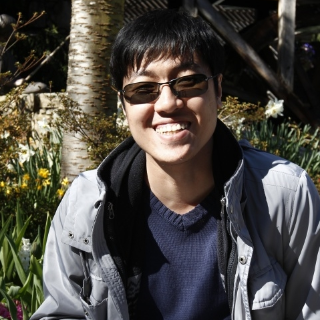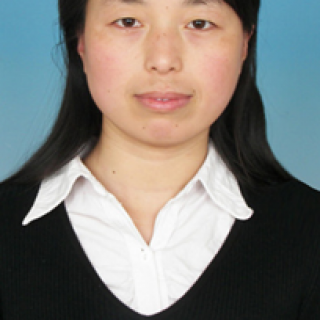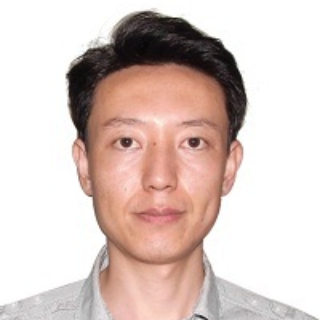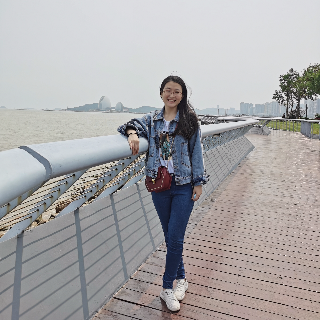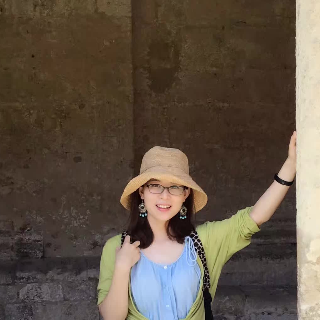Goal: Taking private toturing after class to complement in-school learning, also known as shadow education, is a global education phenomenon (Davies, 2004; Mori and Baker, 2010; Guill and Bos, 2014; Byun et al., 2018). It has long been practiced as individual tutoring on an informal basis and has become a multi-billion-dollar global service-industry (Byun and Baker, 2015; Byun et al., 2018). Students in South-Eastern and Eastern Asian countries are more likely to pursue shadow education than their counterparts in many other regions (Byun et al., 2018). Data from the Chinese National Assessment for Education Quality, an authorized national education-oriented survey, documented that 43.8% of fourth grade and 23.4% of eighth grade students participated in mathematics shadow education in 2015, and approximately 45% of them engaged in PT outside school for more than 2 h per week (National Center of Education Quality, 2018). Scholars from different communities have talked about this issue from diverse points of view, including the effectiveness of PT on student achievement (e.g., Zhang, 2014), political discussion of PT (e.g., Bray and Lykins, 2012), the social study of PT (e.g., Cheng and Chen, 2014) and the determinants of PT (e.g., Liu, 2012).
The current project aim to disscus these issue of private tutoring from the perspective of mathematics education, such as the detailed analysis on the effectiveness of PT on mathematics learning, the pedagogy of PT, the professional development of PT instruction, etc. Several funding support the research, e.g. National Education Sciences Planning Grant of China during the Twelfth-Five Plan Period (2015): A Study on Shadow Education from Perspective of Mathematics Education (EHA150424); China Postdoctoral Science Foundation (2018M641231), etc.
分享到
实验室简介
还没有发布内容
访问量:182


